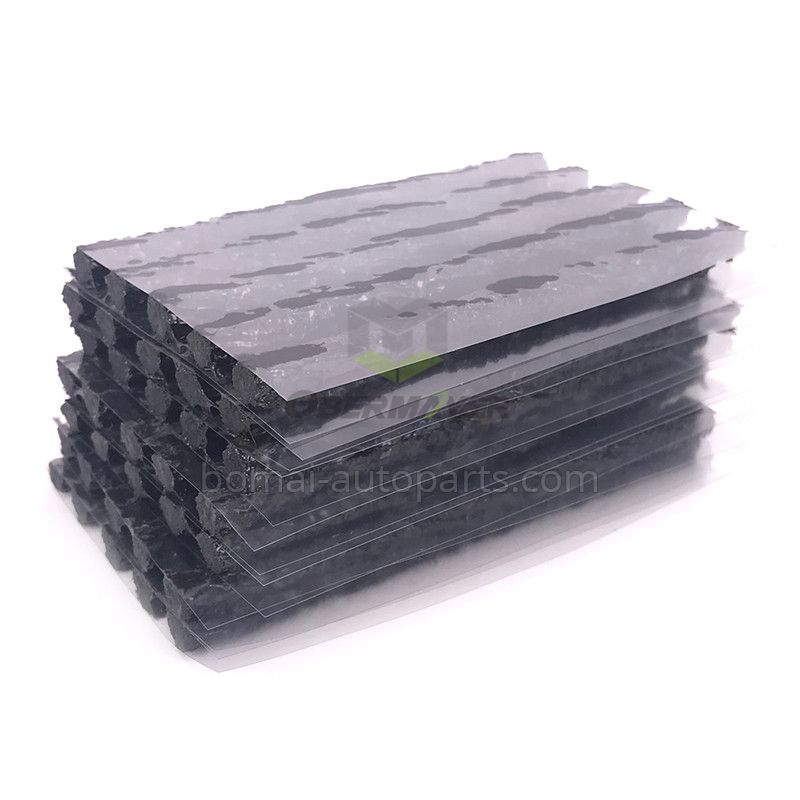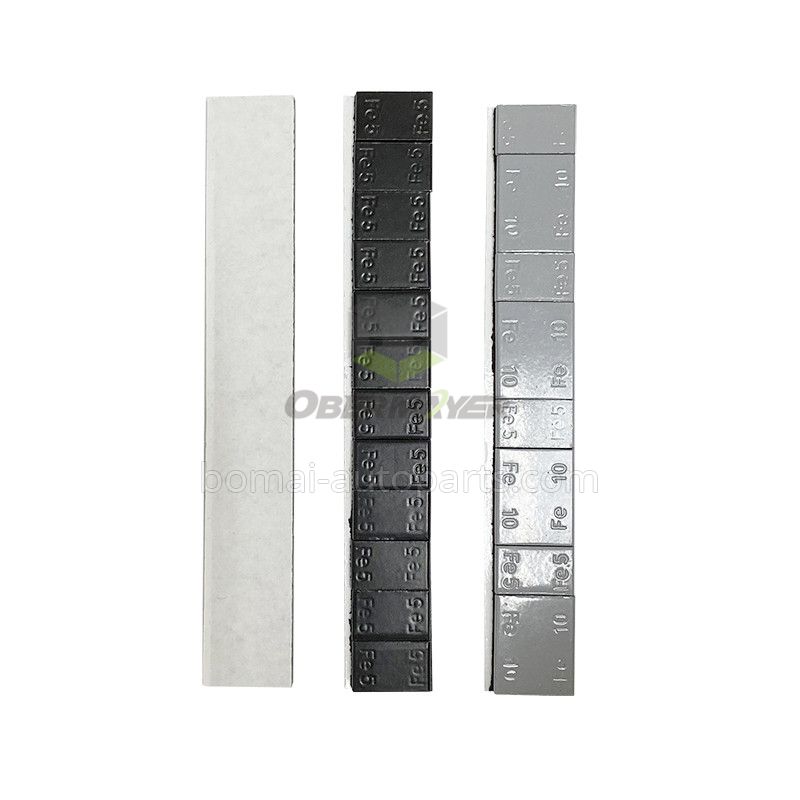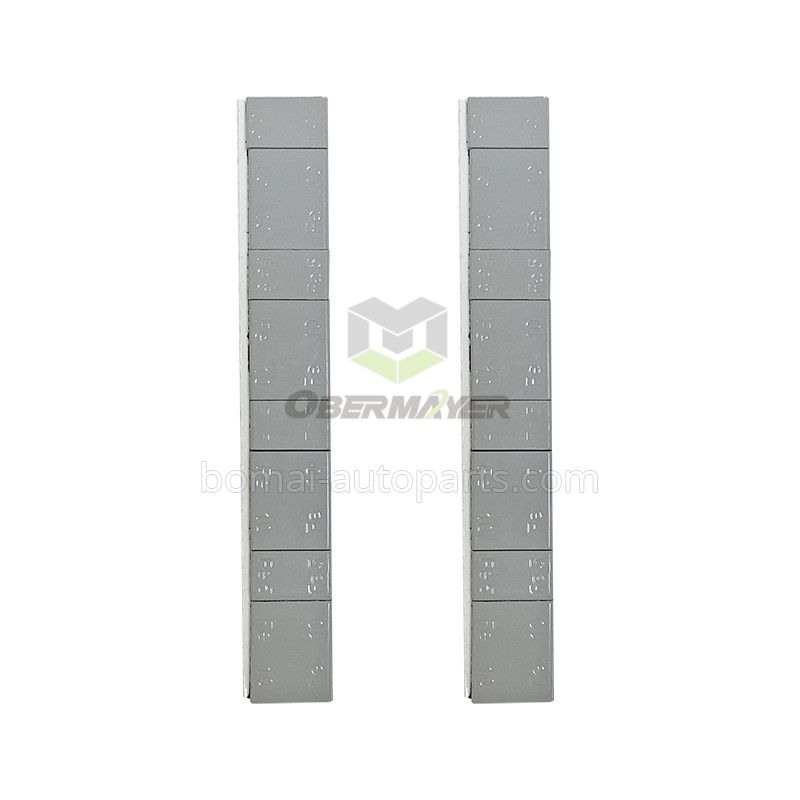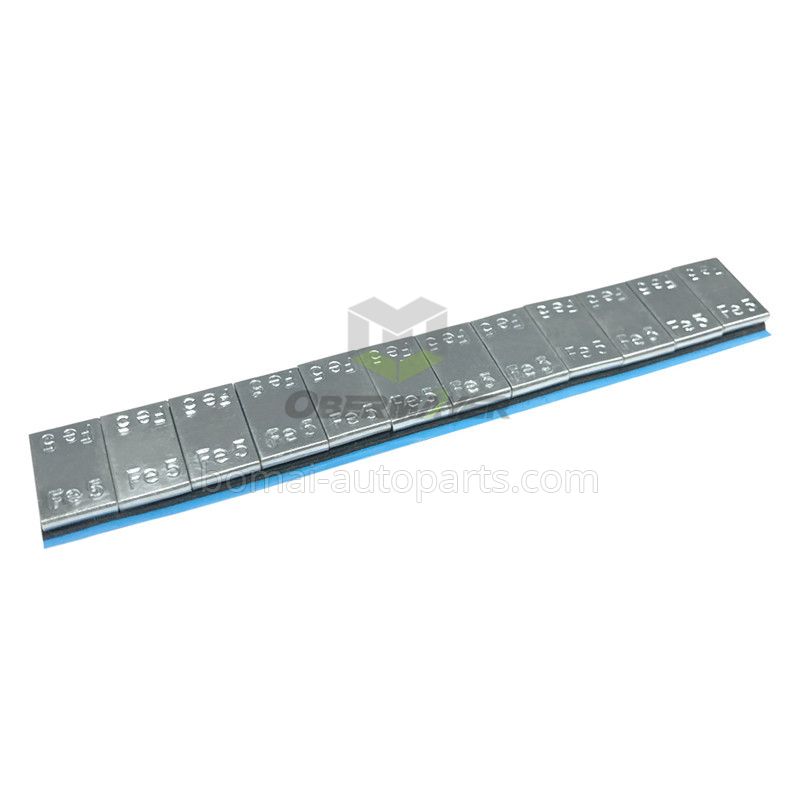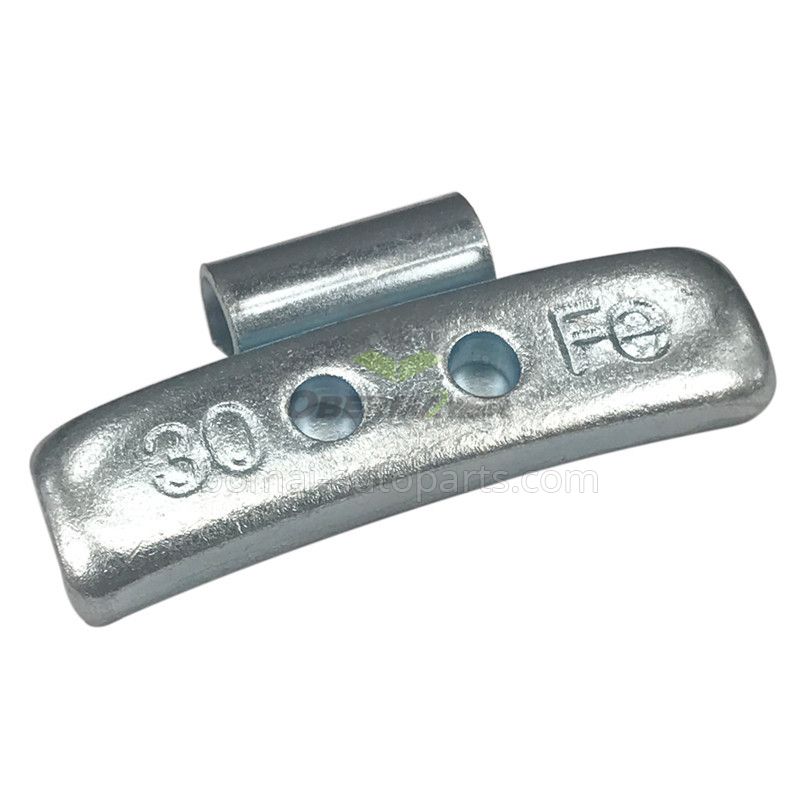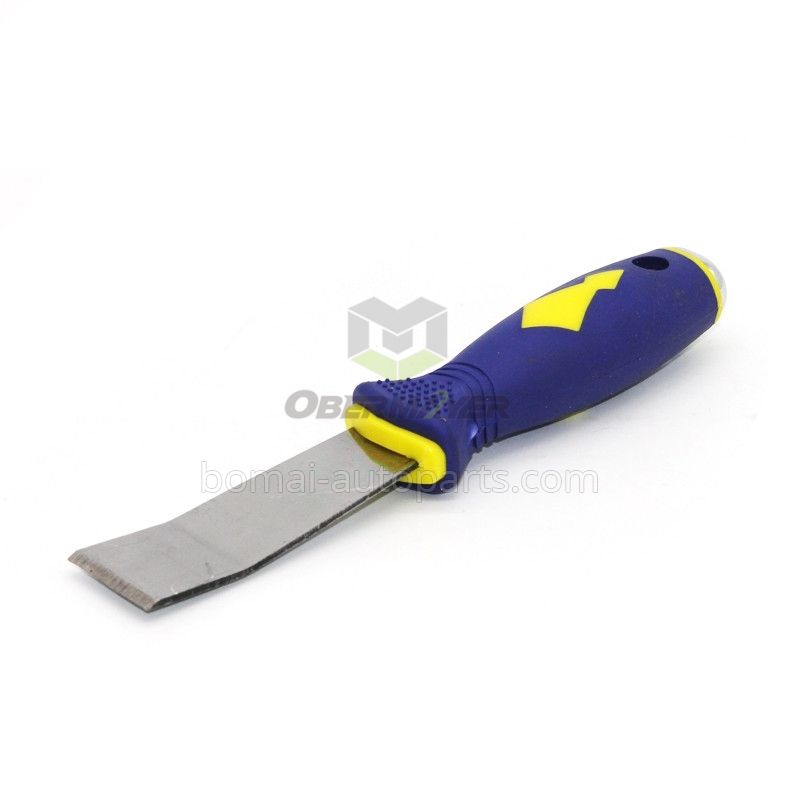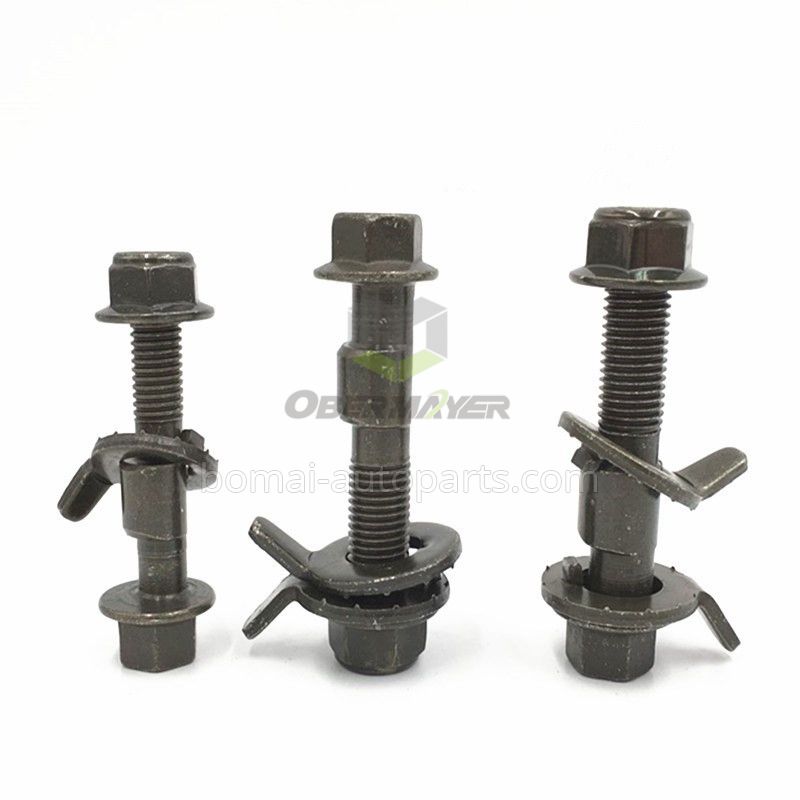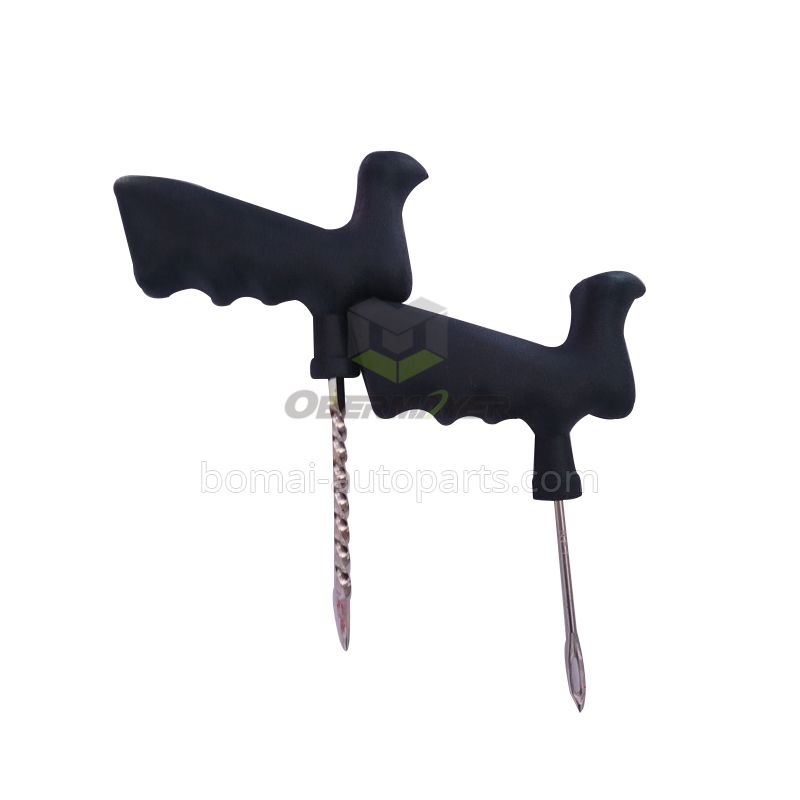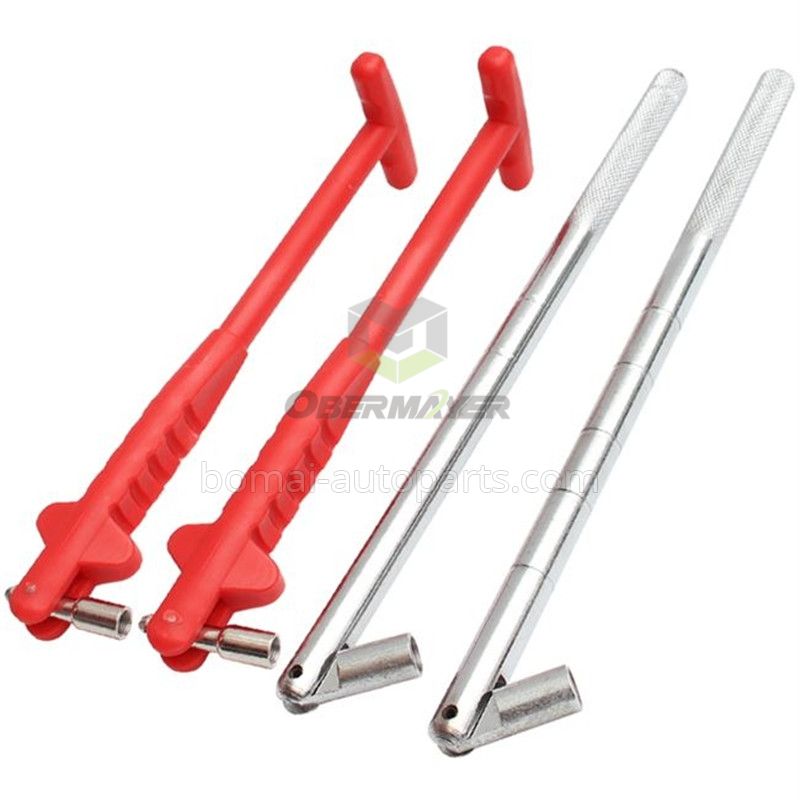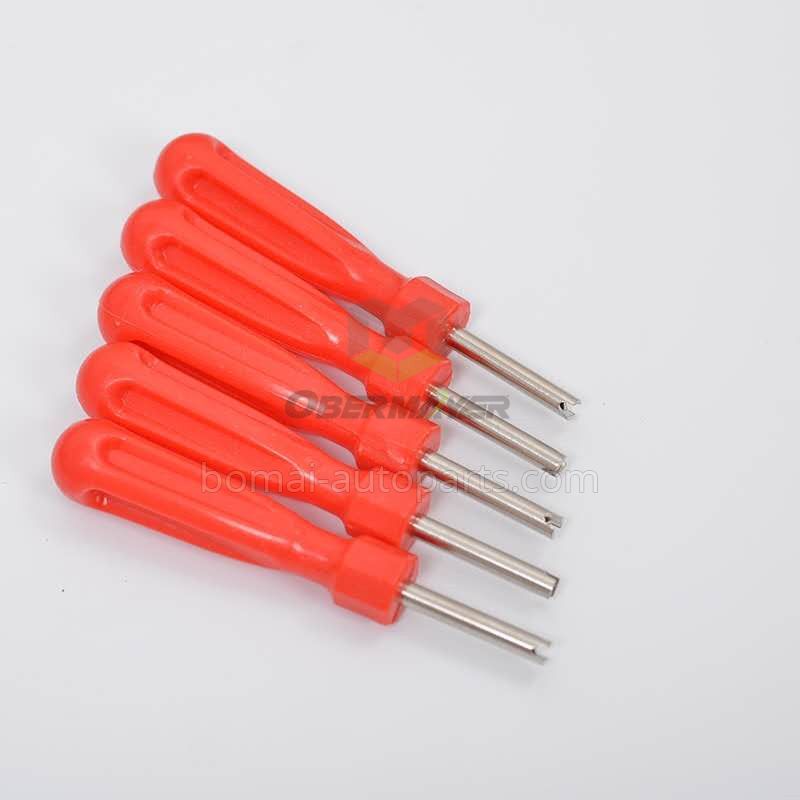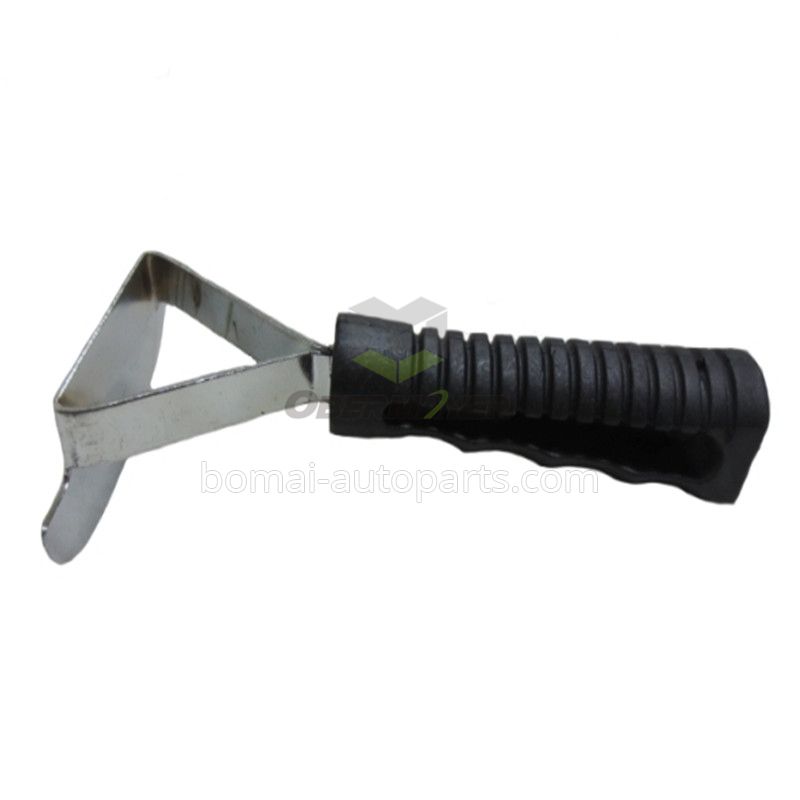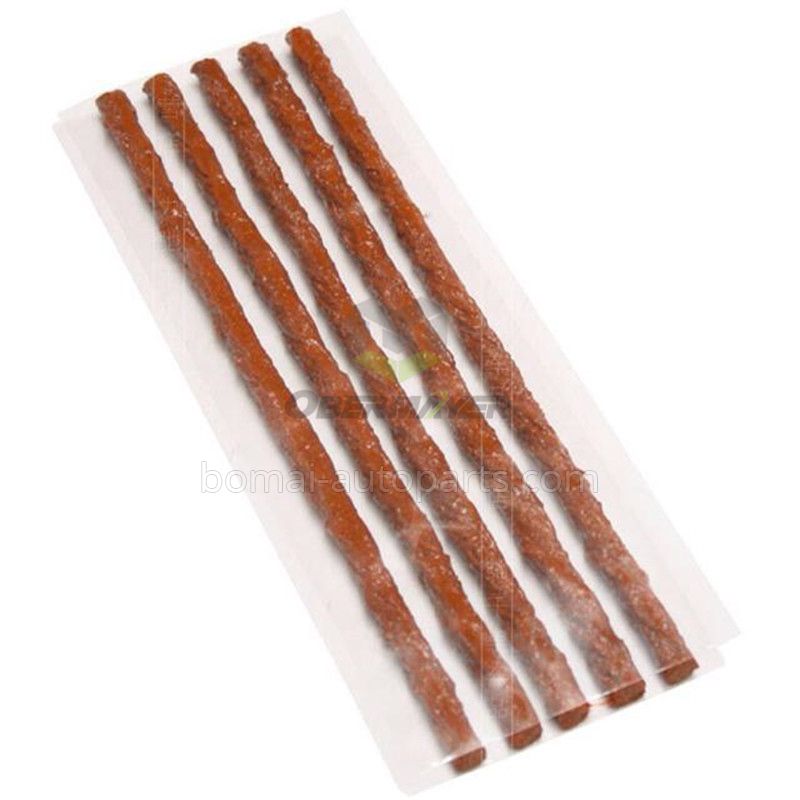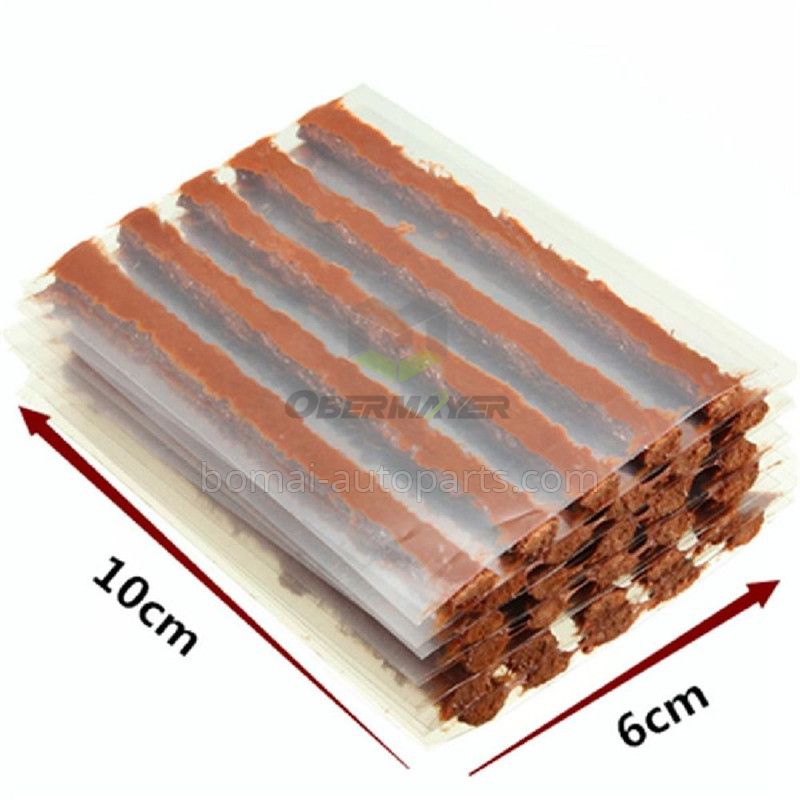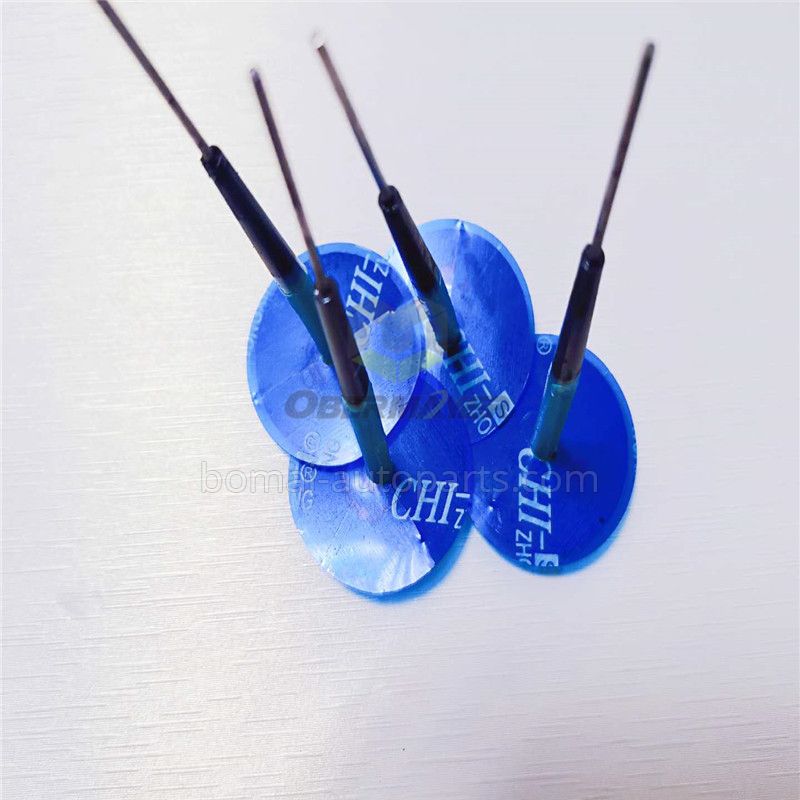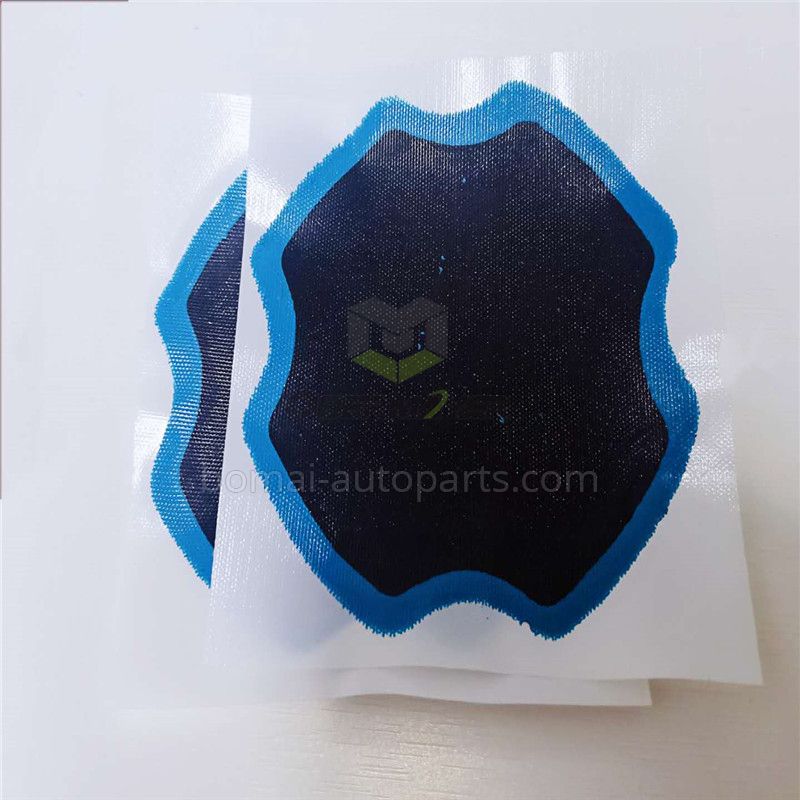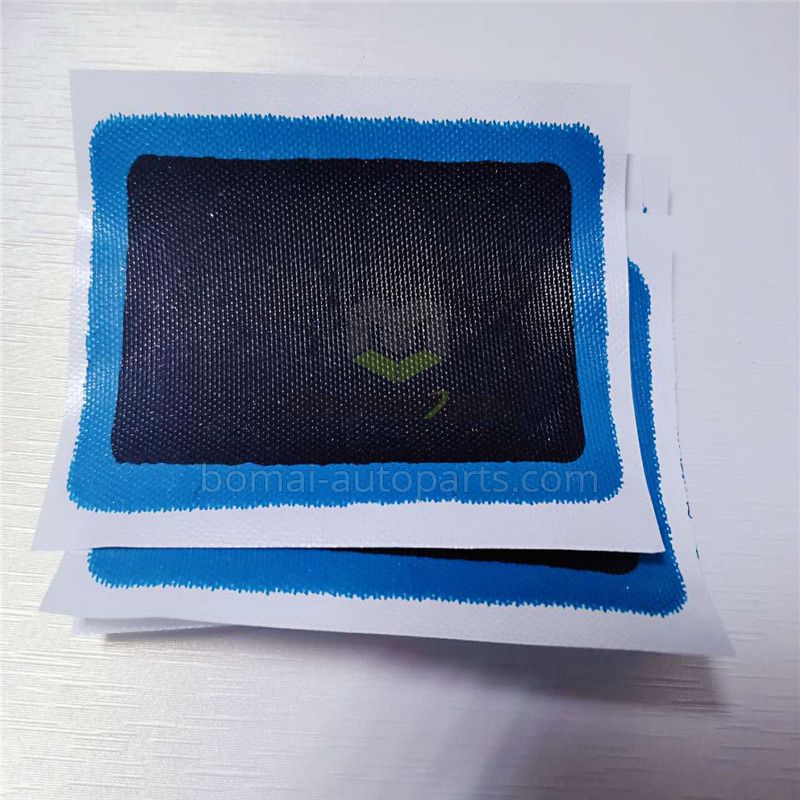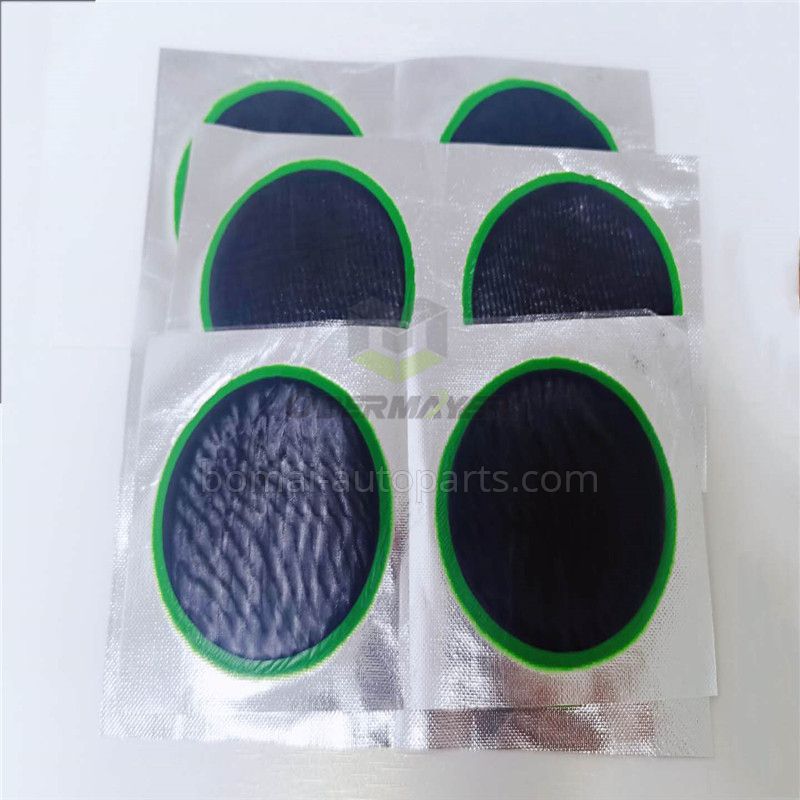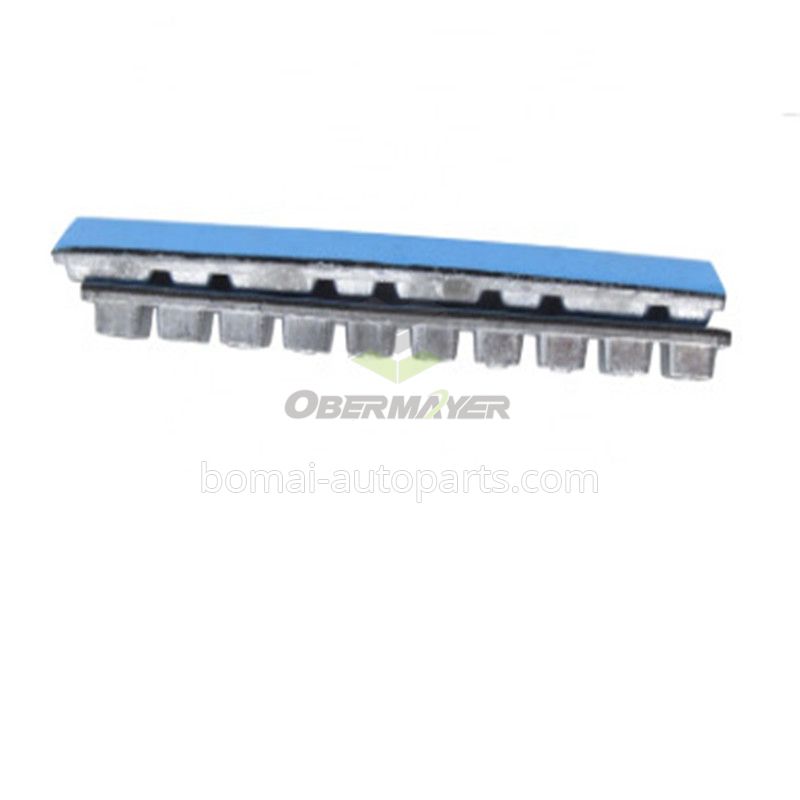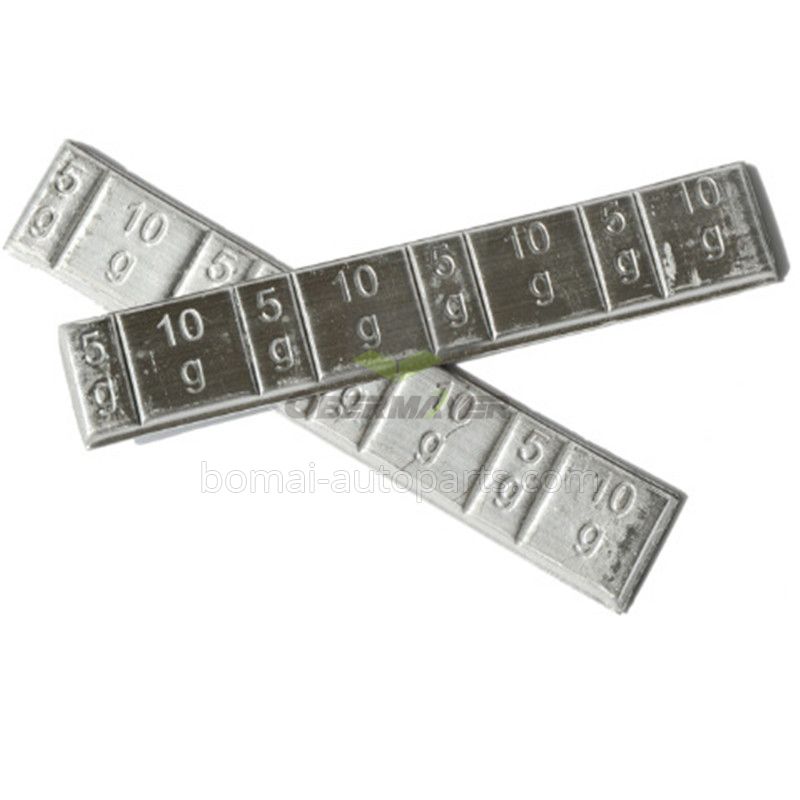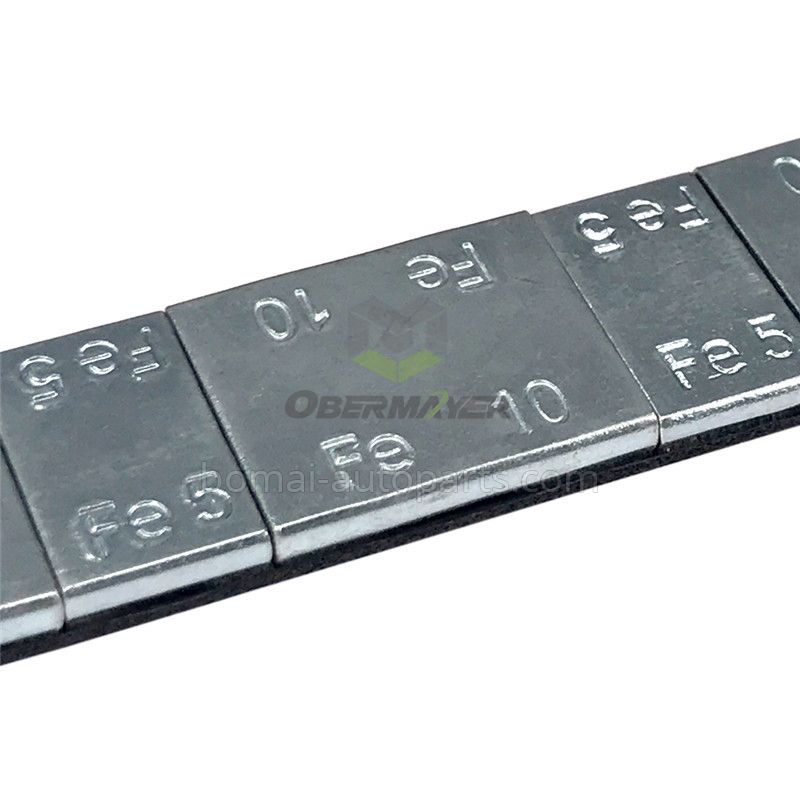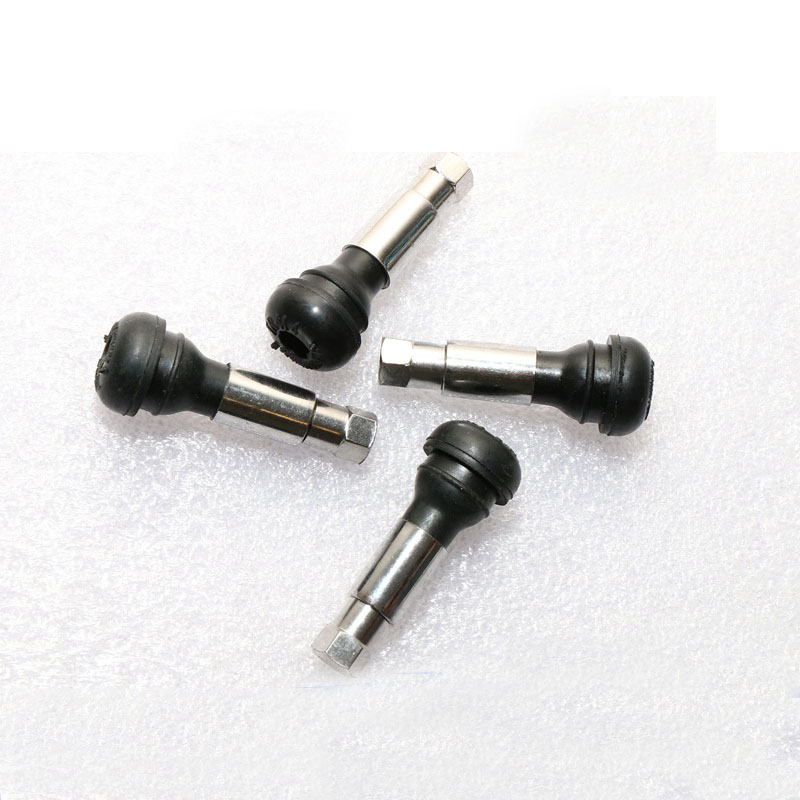LEARNING THE PROCESS OF TIRE INSTALLATION
A new set of tires can do wonders for your car's handling and traction. But for a new set of tires to work effectively, they need to be installed on your vehicle properly. Tire installation involves more than simply trading one set of tires for another. It also involves making sure the tires are correctly mounted on the wheels and properly balanced. In some cases, a wheel alignment might also be part of a tire change.
While tire installation is a job best left to professional, certified technicians, understanding the steps involved can help you get a better sense of what's required to take the best possible care of your vehicle.
Removing and Inspecting the Old Tires and Wheels
The first step when installing new tires is to take the old tires off of the vehicle. To do that, the technician will mount your vehicle, lifting the wheels off of the ground. After the car is lifted, the technician will use a wrench to loosen the lug nuts that attach the wheel to the car. When removing the tires and wheels, the technician will typically start with the front wheel on the left side. They'll work counterclockwise when taking the wheels off of the car.
Mounting the New Tires
After the tires and wheels are taken off of the vehicle, the next step in the process is to deflate the tires. The technician will loosen the valve stem core to let the air out. Once the tires are fully deflated, they can be taken off of the wheels. Usually, the technician uses a special machine to take the tire off of the wheel rim.
The technician is likely to inspect the wheels and lug nuts during this phase to make sure there aren't any signs of damage. It's particularly important to inspect the rim to make sure it doesn't have rough spots or areas that could scratch or puncture the new tires. If the rim is very rusty or very worn out, your best option might be to replace it with a new wheel.
After the old tires are removed, the next step is to place the new ones on the wheels. Usually, it's a good idea to replace all four tires on a car at the same time, so the technician will most likely be working with all four wheels of the vehicle. The price of new tires isn't often included in the tire installation cost, so it's something to pay attention to separately. Right before installing the tires on the wheels, the technician will place a new valve stem. Each tire will be attached and sealed to the wheel, then inflated.
Balancing the Tires
The tire change cost usually includes the cost of balancing the tires on the wheels. Tire balancing is important, as it helps to reduce wear on the tread of the tires and allows a car to grip the road smoothly.
A technician will use a tire balancer to measure the imbalance in each wheel. While using the machine, the technician will place or adjust tire weights on the tire to help improve the balance. Balancing is usually included in the tire installation price.
Installing the Wheels
After the tires are balanced, the next step is to install them and the wheels back on the vehicle. The technician will use a wrench to tighten the lug nuts. While the vehicle is still elevated on the lift, they won't fully tighten the lug nuts. Instead, they'll bring the car down until the wheels just touch the ground. Once the car is lowered, the nuts will be completely tightened with a torque wrench.
Mechanic installing tires
Aligning the Wheels
Wheel alignment doesn't need to be performed at the same time as tire installation, but it’s sometimes recommended. While tire balancing adjusts the weight distribution of the wheels and tires, a wheel alignment focuses on adjusting the suspension of your vehicle so that the car handles better and is less likely to pull to one side or the other when you're driving.
It's usually a good idea to have a wheel alignment performed if you've started to notice problems with the steering. For example, if the steering wheel often turns to one side even when the car is driving straight, that's usually a sign that something is wrong with the alignment. The steering wheel might shake if the wheels aren't properly aligned. Uneven wear on the tires is another sign that the alignment needs adjusting.
When to Install New Tires
How often do you need to install new tires on your vehicle? The answer depends on a few factors, such as how frequently you drive, the type of conditions you drive in, and your driving style. Keeping your tires in great condition by replacing them before they completely wear out will help you stay safe on the road and will reduce the risk of accidents.
Some things to consider when deciding whether it's time for new tires or not include:
How long it's been since you last got new tires. A tire change is usually recommended every three to five years.
How much the tread is worn down. You can perform the penny test to see if your tires have a substantial amount of wear. Place a penny with Lincoln upside down into the tread of your tires. If the tread reaches past his head, the tire isn't worn. If the tread doesn't touch his head, it's worn down, and the tire should be replaced.
The conditions you drive in. Roads with a lot of potholes or unevenness are going to wear down tires more quickly than smooth surfaces. Driving in wet or snowy conditions will also put more wear and tear on your vehicle, meaning you should replace your tires sooner.
Your driving style. If you have a habit of braking forcefully, accelerating quickly, or taking corners too quickly, you're likely putting more strain on your tires compared to a less aggressive driver.
A tire change should be part of your regular vehicle maintenance. If you can't remember when you last got tires installed, it's most likely the perfect time to get new ones. Your tire change can be performed with other maintenance tasks, such as an oil change or wheel alignment, to give your vehicle a new lease on life. Tire Outlet has multiple locations to help you take the best possible care of your car. To learn more about our tire and oil change services, contact us today.
Previous: WHAT IS A TIRE ROTATION?



